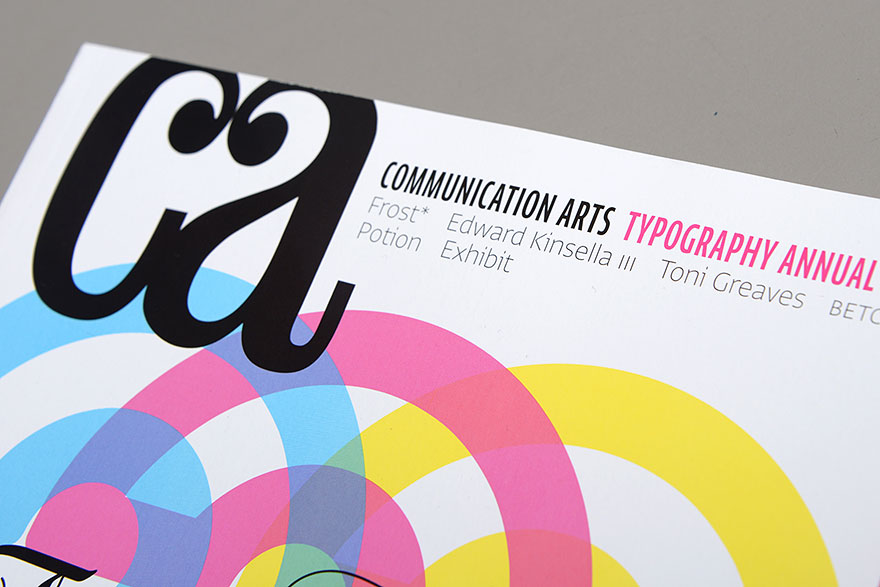Communication arts play a crucial role in shaping how we interact with the world, convey messages, and build relationships. It is a creative discipline that brings together the worlds of graphic design, illustration, advertising, and visual communication. These arts enable us to express ideas, emotions, and information through visual media and language, influencing how people understand and interpret the world around them. As technology advances, communication arts have become even more integral in the modern landscape, impacting both personal and professional communication.
At the heart of communication arts lies the ability to effectively connect with others through creative and engaging messaging. Whether through a striking advertisement, a visually appealing website, or an illustration that tells a story, communication arts aim to engage audiences, provoke thought, and encourage action. The power of communication arts extends beyond just transmitting information; it aims to foster understanding, empathy, and connection. It is a tool used by professionals in fields such as advertising, business, and education to shape perceptions and influence outcomes.
What is Communication?
At its core, communication is the exchange of information between individuals, groups, or systems. Communication can be verbal, nonverbal, written, or even digital. Each form of communication has its own set of rules and conventions that guide how messages are sent, received, and interpreted. In communication arts, the aim is not only to communicate but to do so in a creative and effective way that resonates with the target audience. The combination of visual elements, language, and design ensures that the message is impactful, memorable, and clear.
Communication arts expand the traditional definition of communication by incorporating various media and technologies to express ideas. Whether it’s through a magazine ad, a website design, or a video, communication arts enhance the effectiveness of a message by appealing to both the emotions and intellect of the audience. The goal is to communicate more than just information; it is to create a lasting impact that influences the audience’s perception and drives them to take action.
Types of Communication
Effective communication can take many forms, and each type serves a different purpose. The three main types of communication are verbal, nonverbal, and written communication. Verbal communication involves the use of spoken words to share ideas, whereas nonverbal communication relies on body language, facial expressions, and gestures. Written communication, on the other hand, utilizes text to convey messages that can be saved, referenced, and shared across time and space.
In the world of communication arts, the type of communication used depends on the context and the medium through which the message is delivered. Verbal communication plays a key role in advertising, presentations, and even storytelling. Nonverbal communication enhances the overall impact of a message, as it adds emotional depth and nuance to the spoken or written word. Graphic design and illustration, for example, are forms of nonverbal communication that speak volumes without using words. Written communication in communication arts often appears in the form of copywriting, scripts, or captions, all of which work together to enhance a message’s effectiveness.
Communication Arts in Business and Design

The role of communication arts in business and design is immense. In the fast-paced world of business, companies rely on effective communication to convey their messages, attract customers, and build their brand identity. Communication arts help businesses create powerful marketing materials, such as advertisements, brochures, websites, and logos, all of which serve to connect with potential customers and differentiate the brand from its competitors.
Graphic design, a key aspect of communication arts, is fundamental in making a business stand out. Good design communicates more than just information; it creates a visual language that represents the essence of a brand. Whether it’s through color, typography, or layout, design elements must be carefully chosen to resonate with the target audience. Advertising, too, heavily relies on communication arts to craft compelling campaigns that engage, inform, and persuade. In this field, the challenge lies in creating messages that not only convey the product’s features but also connect emotionally with consumers.
Effective Communication in Interpersonal and Professional Contexts
Effective communication is essential in both interpersonal and professional settings. In interpersonal communication, the goal is to build relationships, foster understanding, and resolve conflicts. Communication arts play an important role in this process, especially in personal interactions where empathy, listening, and the ability to express oneself clearly are vital. The use of nonverbal cues, tone, and body language all contribute to the success of communication, helping to create more meaningful and respectful interactions.
In a professional context, communication is the cornerstone of success. Whether in meetings, presentations, or collaborative projects, the ability to communicate ideas clearly and effectively is crucial. Communication arts help professionals communicate their thoughts and ideas, whether it’s through persuasive writing, impactful presentations, or clear visual aids. The use of these arts enables businesses to communicate efficiently with clients, colleagues, and stakeholders. It also helps foster teamwork, as clear communication fosters collaboration and understanding between team members, enhancing overall productivity.
Nonviolent Communication and Assertive Communication
Nonviolent communication (NVC) and assertive communication are two techniques within the field of communication arts that emphasize healthy and respectful exchanges. NVC focuses on fostering empathy and understanding between individuals. It teaches individuals to express their feelings and needs without blame or judgment, encouraging a more peaceful and constructive interaction. This type of communication is particularly valuable in resolving conflicts and building deeper connections.
Assertive communication, on the other hand, emphasizes expressing oneself openly, honestly, and respectfully. Assertive communicators advocate for their own needs while also considering the needs of others. By being assertive, individuals are able to communicate their thoughts, ideas, and boundaries without being passive or aggressive. Both nonviolent and assertive communication techniques are vital tools in interpersonal communication, allowing individuals to engage in conversations that are both productive and respectful.
Communication Arts in Advertising and Marketing
In advertising, communication arts are used to create compelling campaigns that engage the target audience and drive action. Advertisements are not just about promoting a product or service; they are about telling a story that resonates with the audience. Communication arts help create this narrative through the careful use of visuals, typography, color, and messaging. Whether through TV commercials, social media ads, or print media, advertising relies heavily on communication arts to capture the attention of consumers.
Marketing, too, relies on communication arts to craft messages that connect with potential customers on a deeper level. The goal is not only to inform but also to evoke emotions, build trust, and encourage loyalty. Communication arts enable marketers to create campaigns that align with a brand’s values and resonate with its audience, ultimately driving sales and fostering long-term customer relationships. By understanding the principles of communication arts, businesses can create more effective marketing strategies that generate meaningful results.
The Role of Technology in Communication Arts
As technology continues to evolve, the landscape of communication arts is changing. Digital platforms, social media, and interactive media are becoming increasingly important in how we communicate and engage with others. The rise of social media has revolutionized how businesses interact with consumers, while the development of augmented reality and virtual reality is opening new doors for immersive communication experiences.
Technology also plays a significant role in communication arts by providing new tools for designers, illustrators, and advertisers. Software programs such as Adobe Photoshop, Illustrator, and other digital platforms have transformed the way visual content is created and shared. As these technologies continue to evolve, the possibilities for creative communication are endless. Communication arts professionals must stay updated with these advancements in order to remain competitive and continue delivering high-quality, engaging content.
Conclusion
Communication arts are an essential part of how we connect with others, both in personal and professional contexts. From graphic design and illustration to advertising and marketing, communication arts play a critical role in shaping how messages are conveyed and received. Effective communication can foster understanding, influence perceptions, and build lasting relationships. As the field of communication arts continues to evolve with new technologies and platforms, its importance in modern society will only grow.
FAQs
- What is the role of communication arts in business?
Communication arts help businesses effectively convey their message, create engaging advertisements, and build a brand identity through visual and written media. - How do communication arts influence advertising?
Communication arts play a key role in crafting advertisements that resonate with the target audience, using design, visuals, and storytelling techniques to influence consumer behavior. - What are the different types of communication?
Communication can be verbal, nonverbal, written, or digital. Each type serves a different purpose in conveying messages and building understanding. - What is nonviolent communication?
Nonviolent communication (NVC) focuses on empathy and mutual understanding, encouraging individuals to express their feelings and needs without blame or judgment. - How can communication arts improve interpersonal relationships?
Communication arts enhance interpersonal relationships by improving clarity, empathy, and respect in interactions, fostering healthier and more productive conversations.
You may also read: Whitehall’s Royal and Political History


